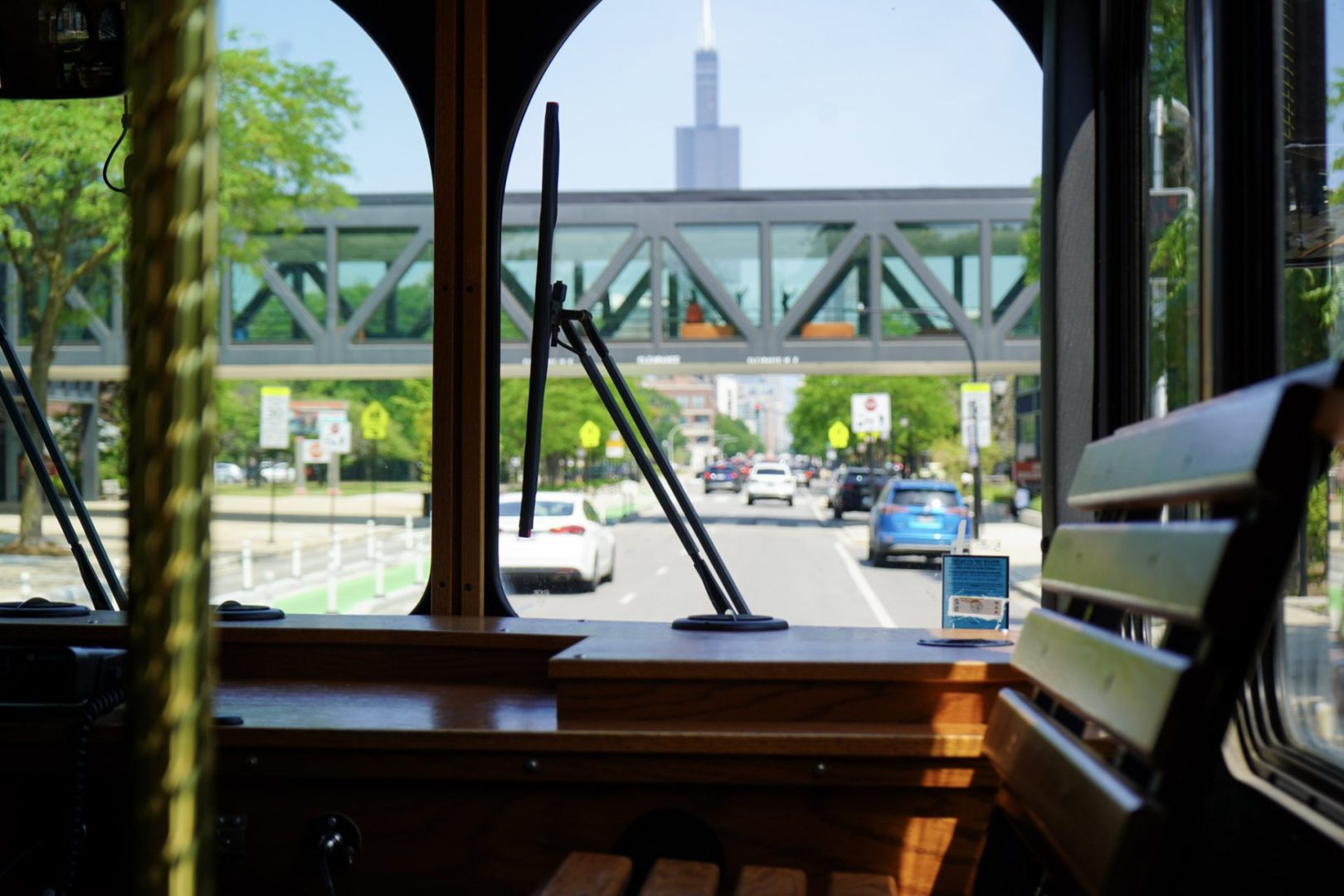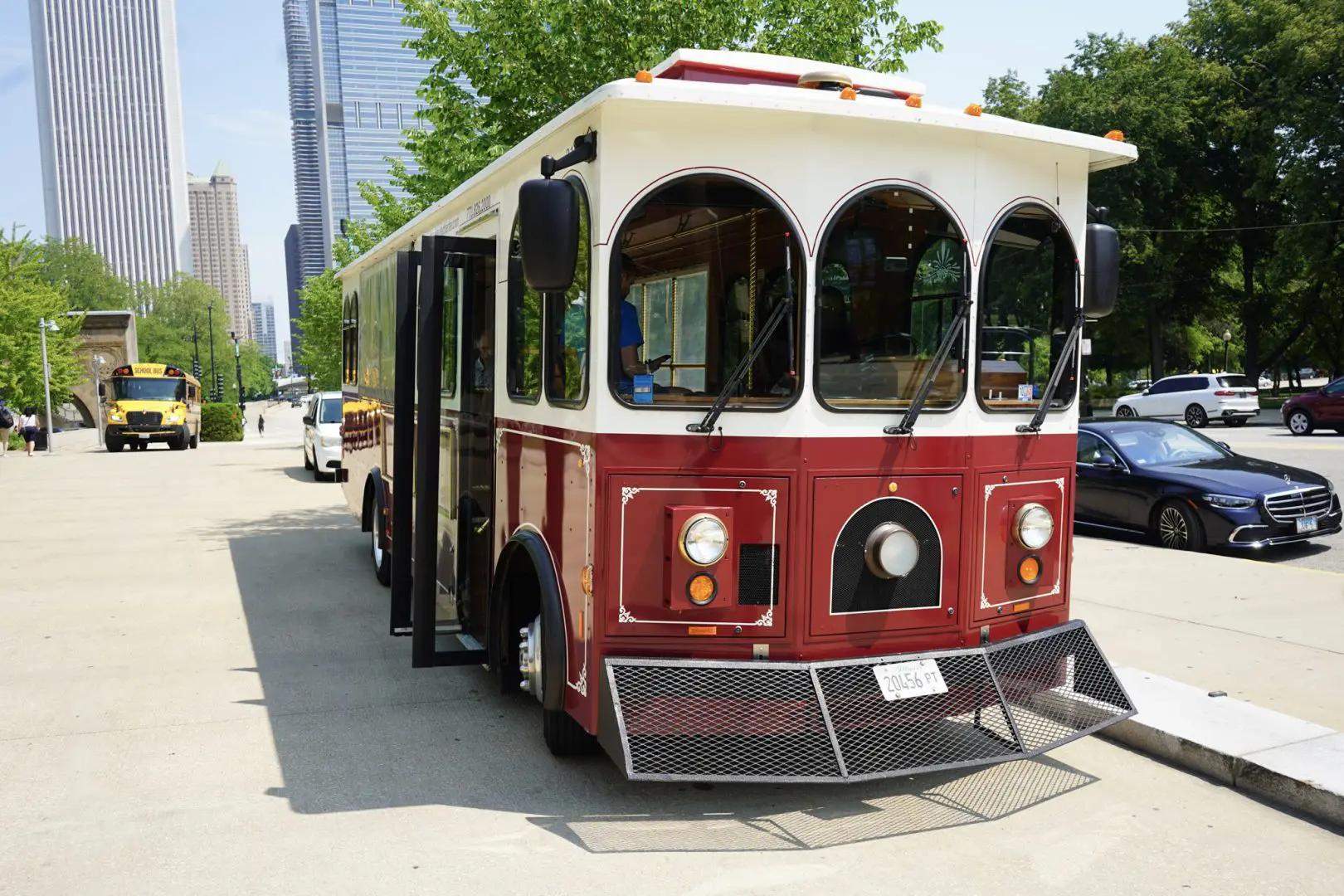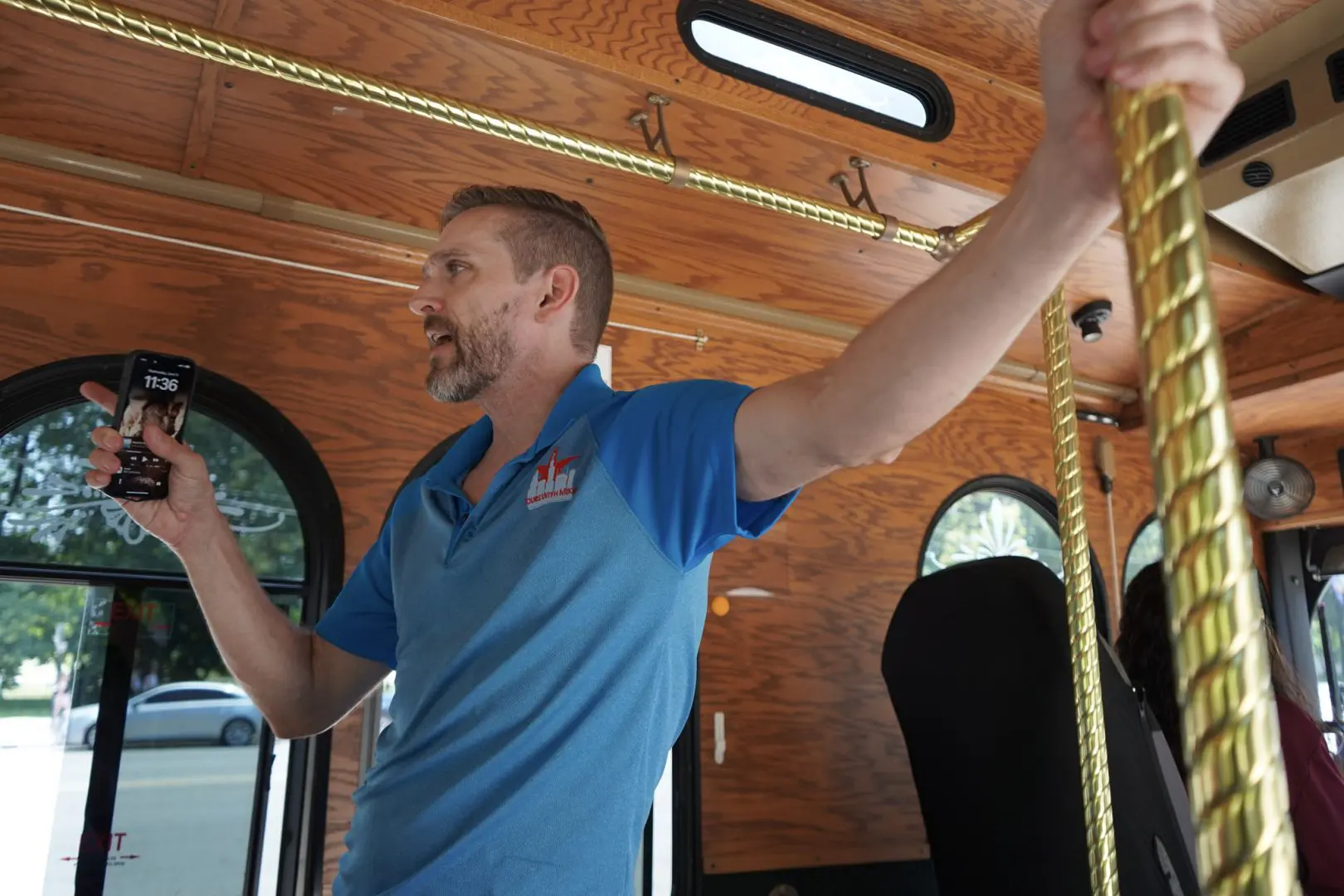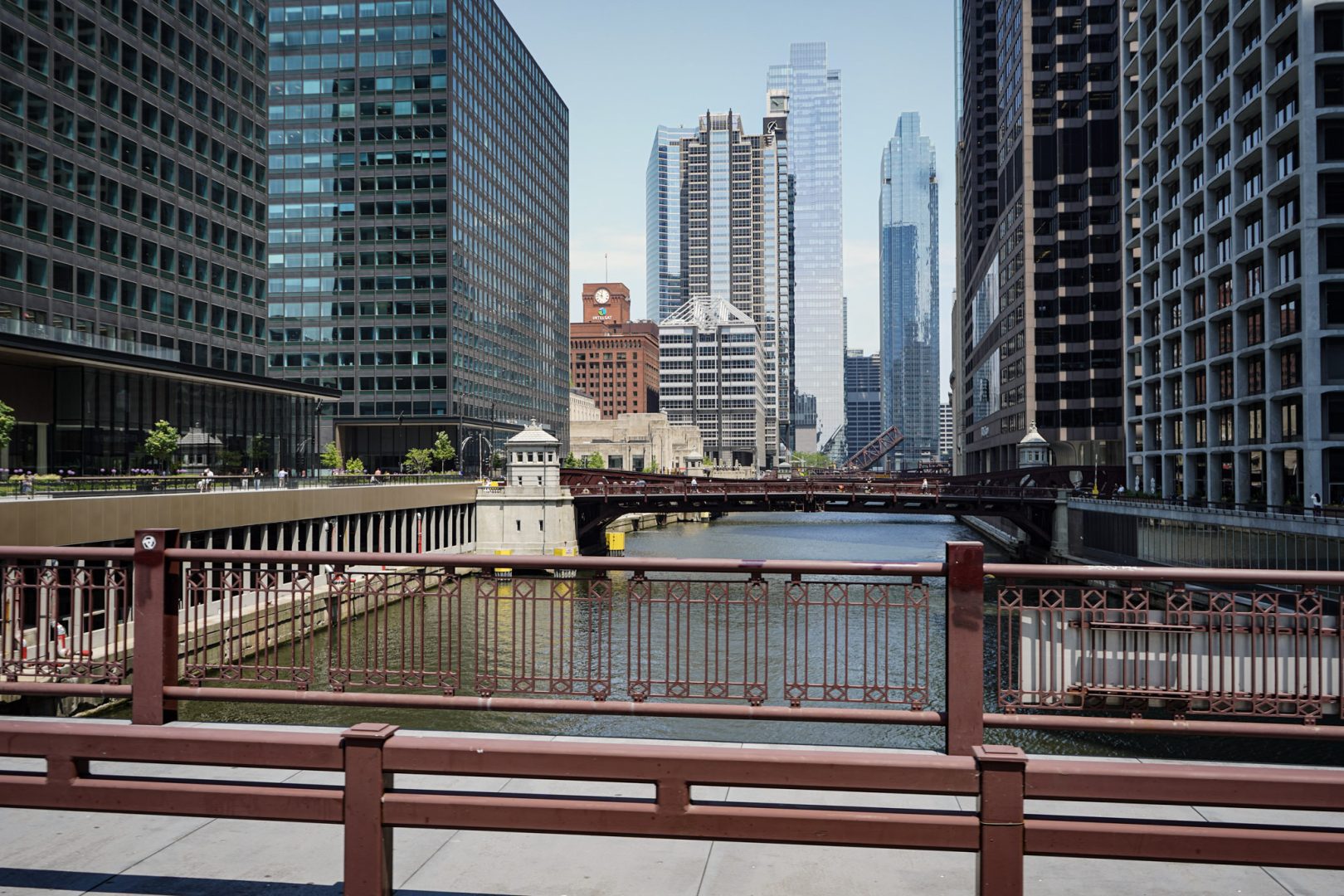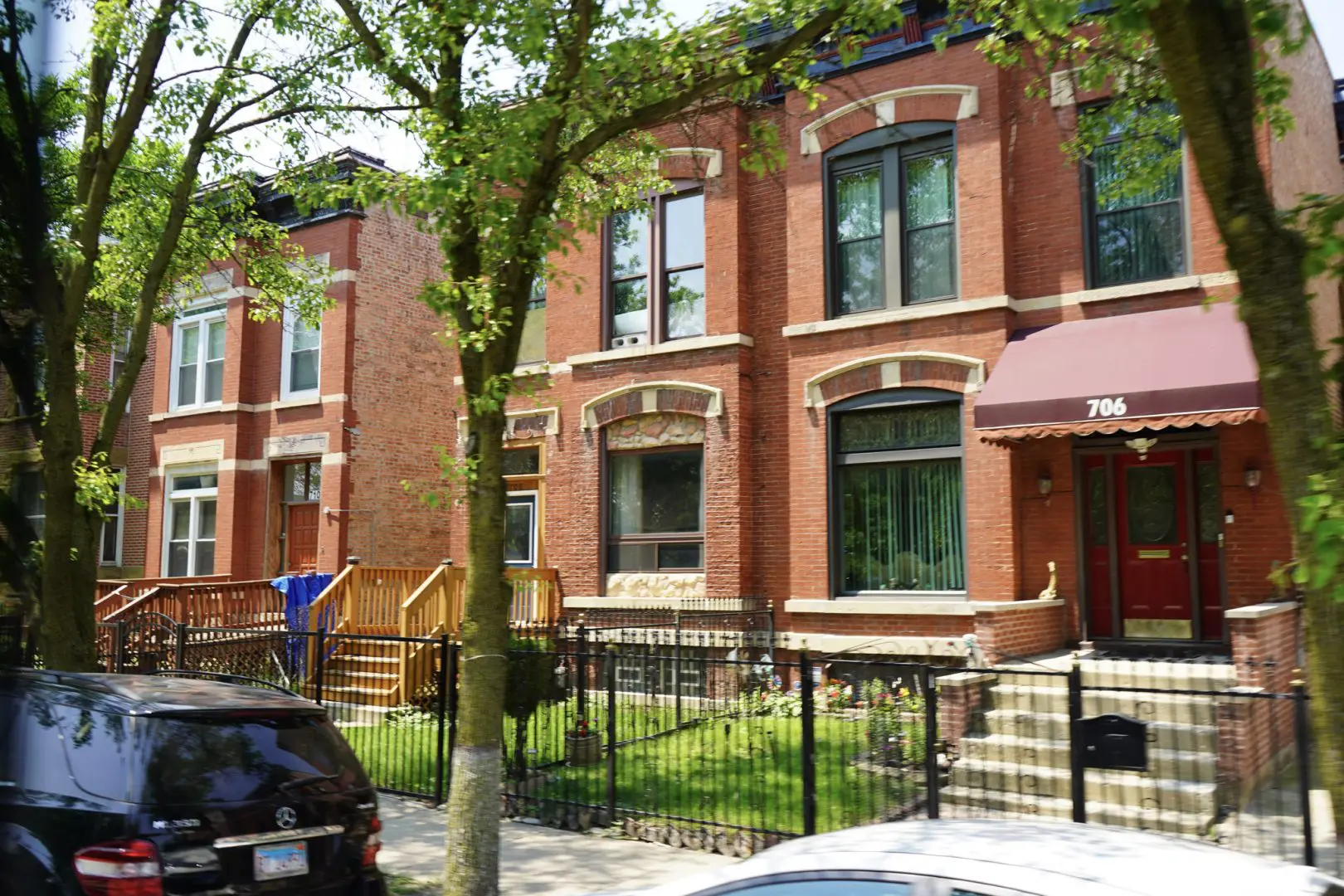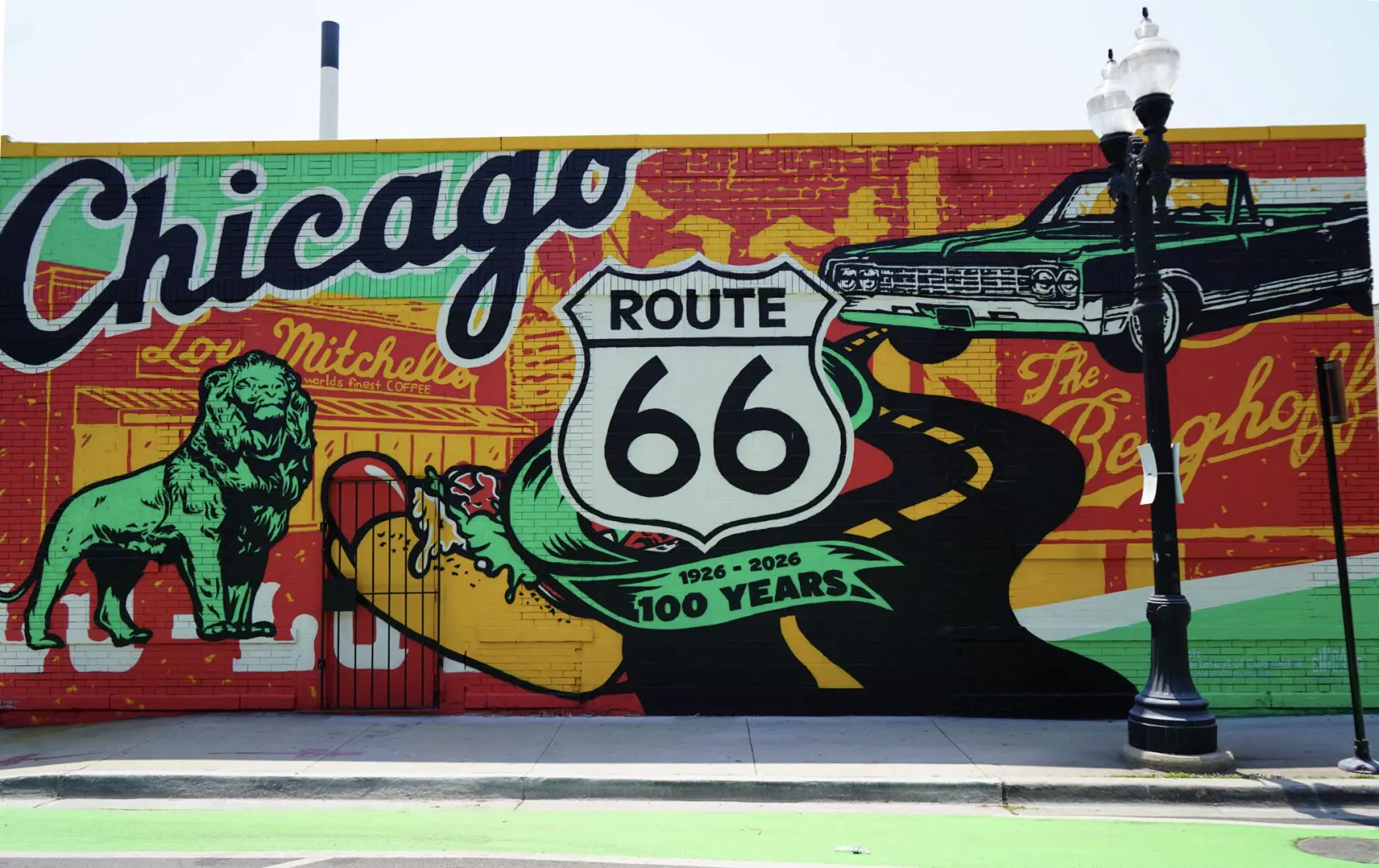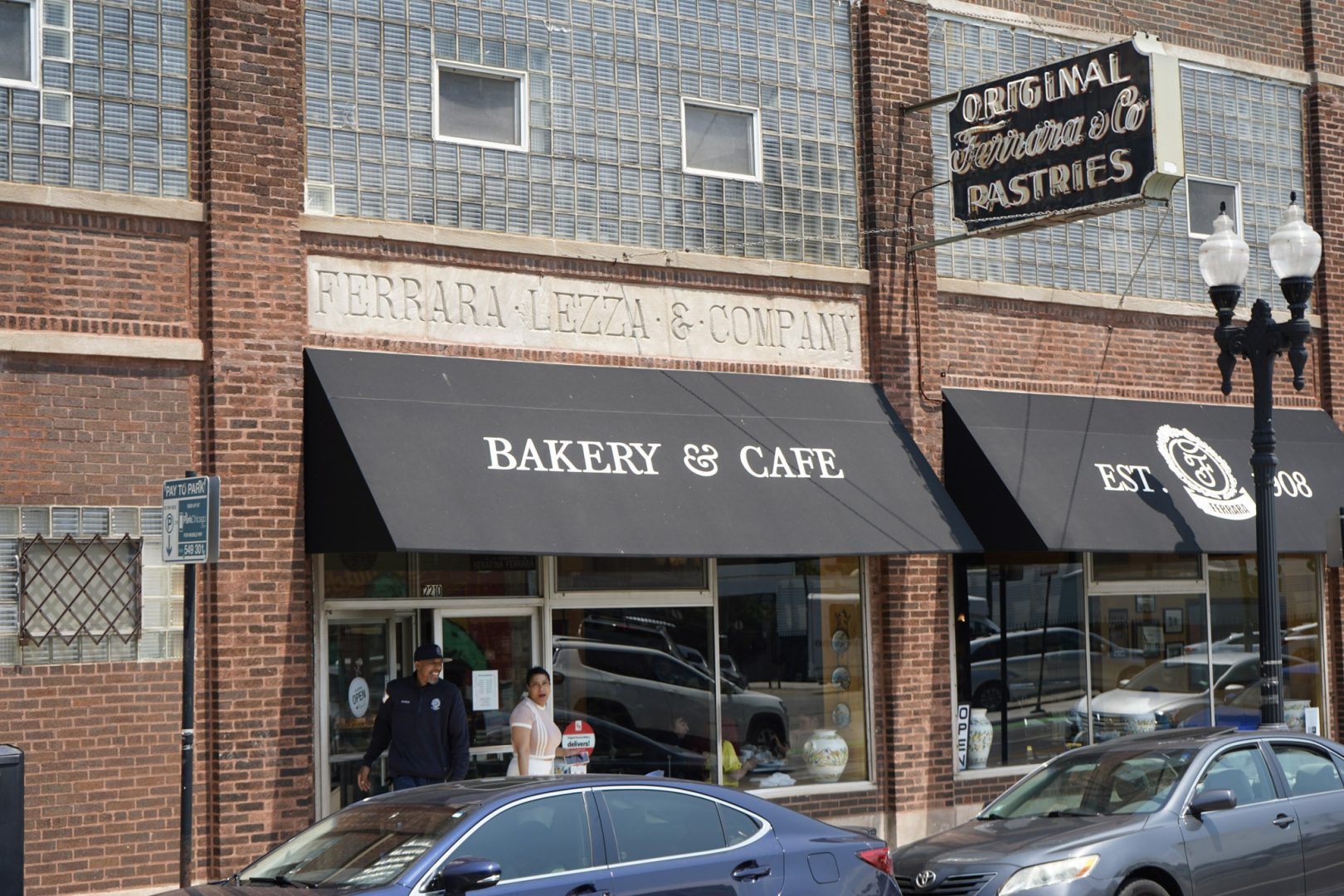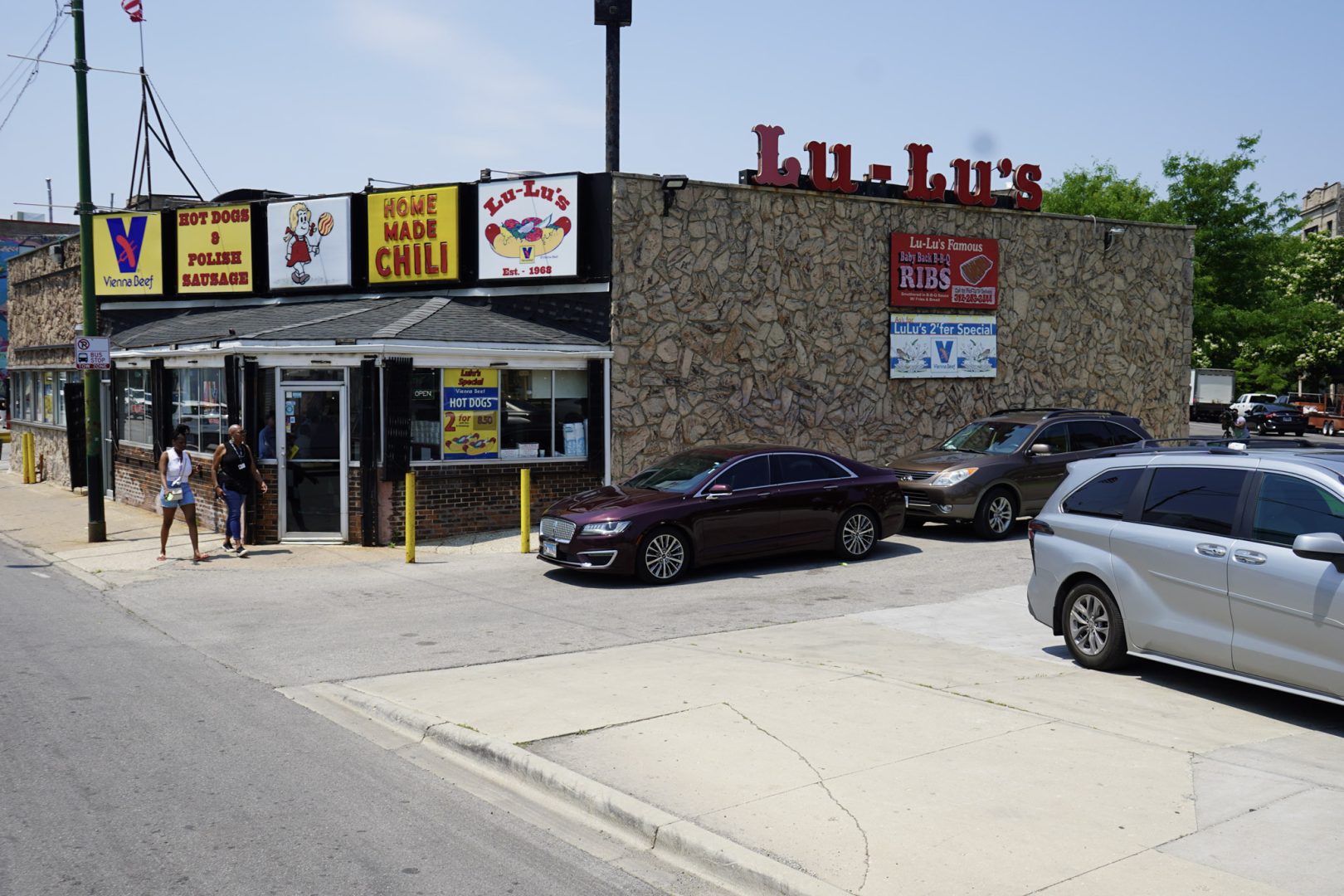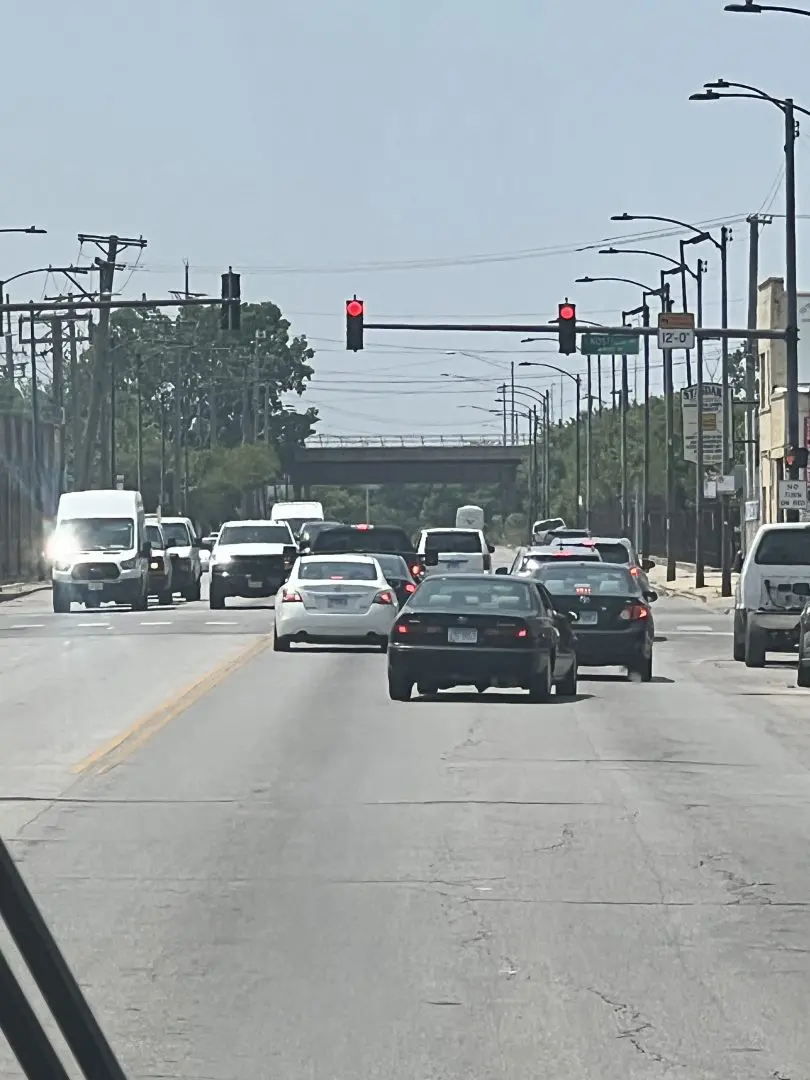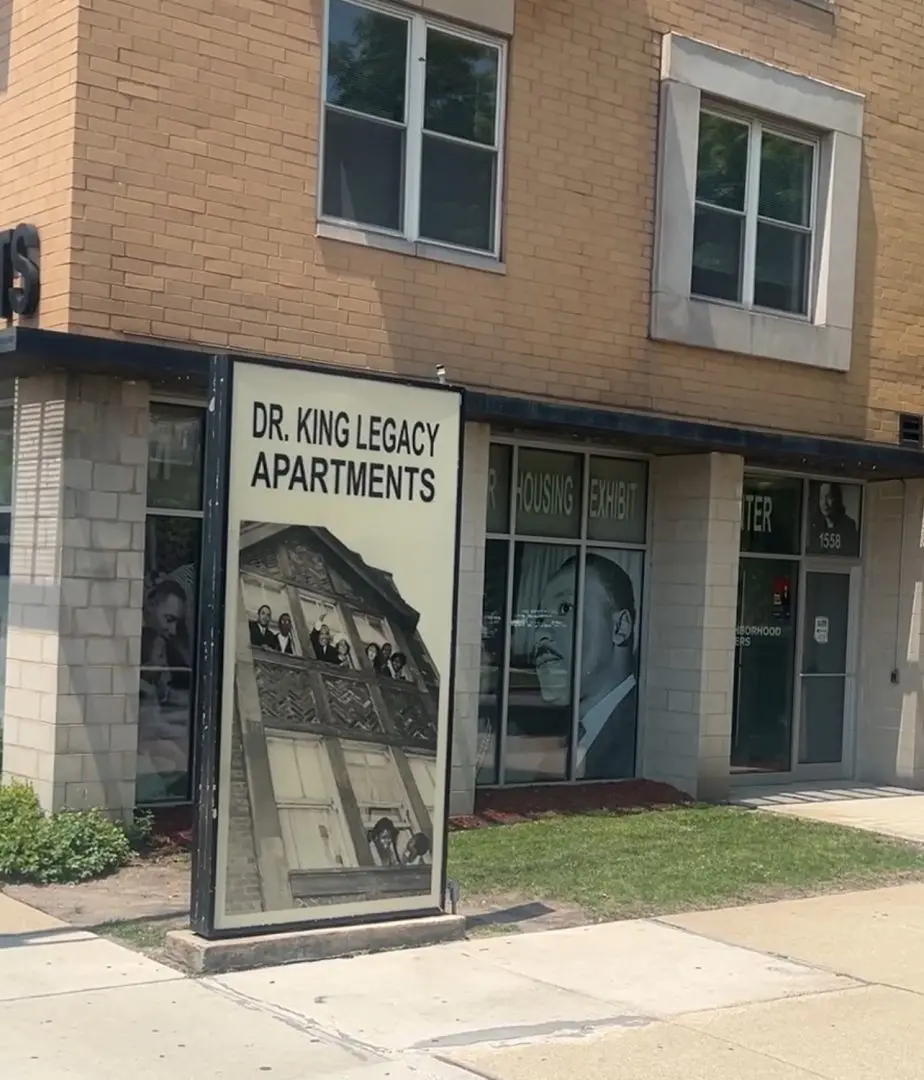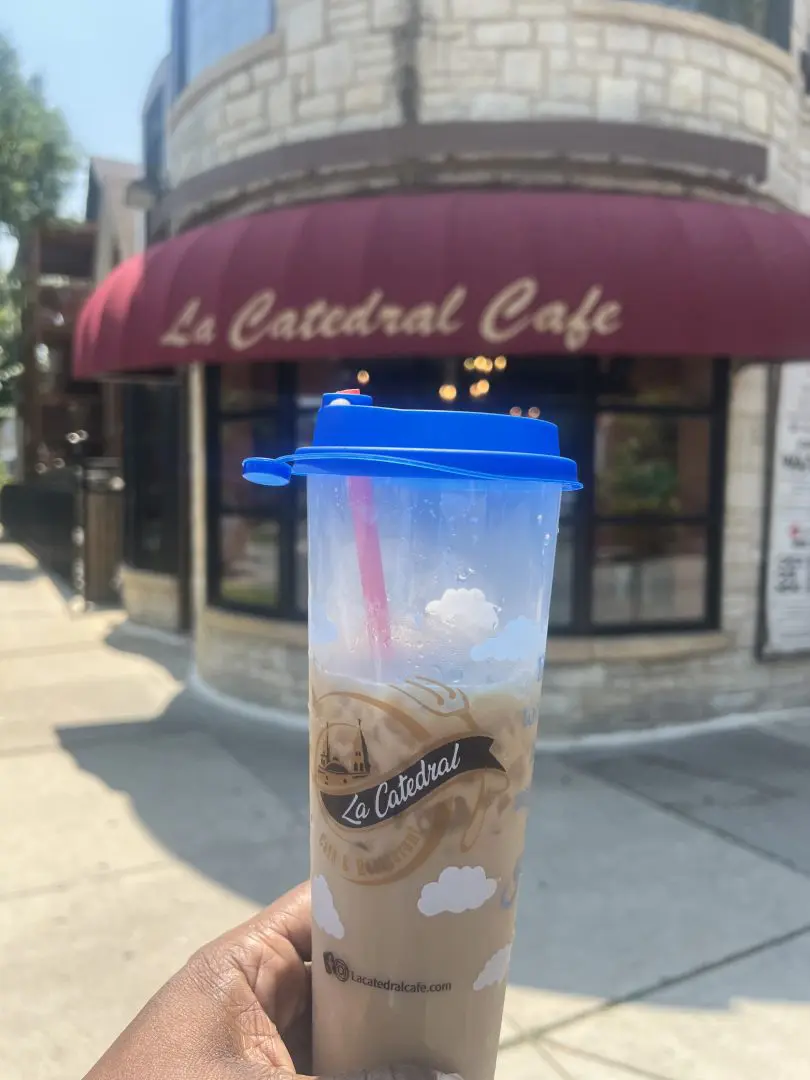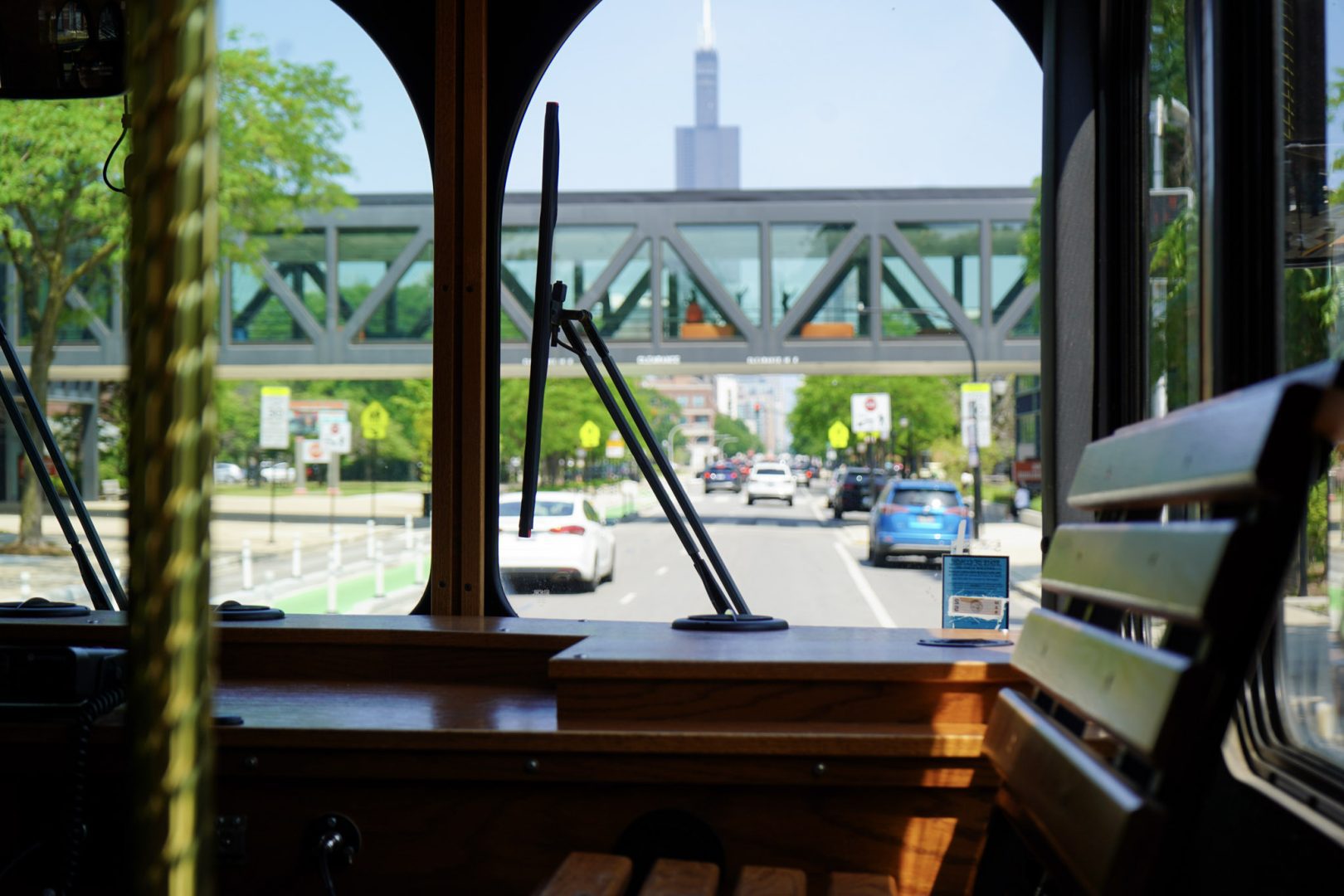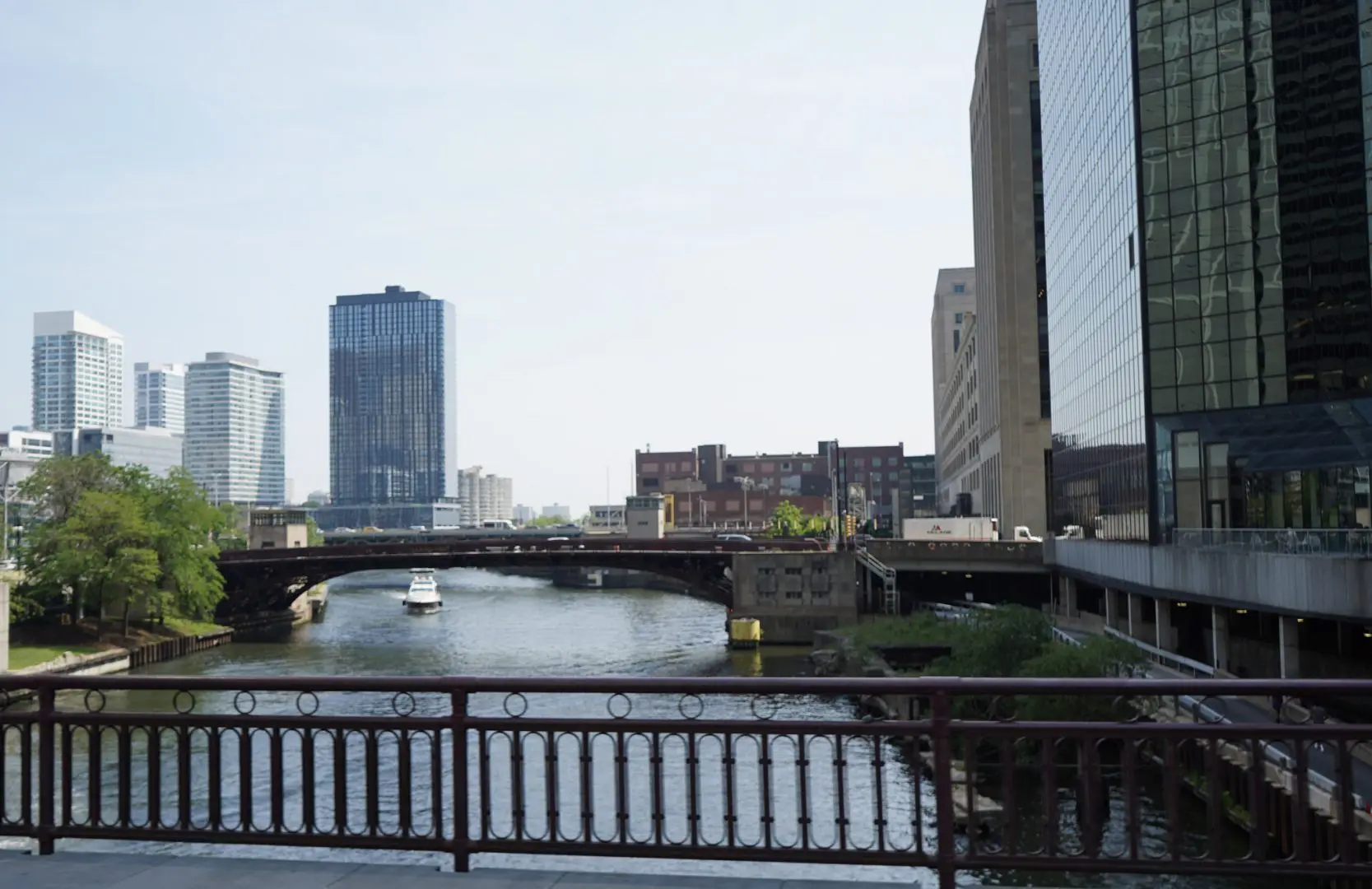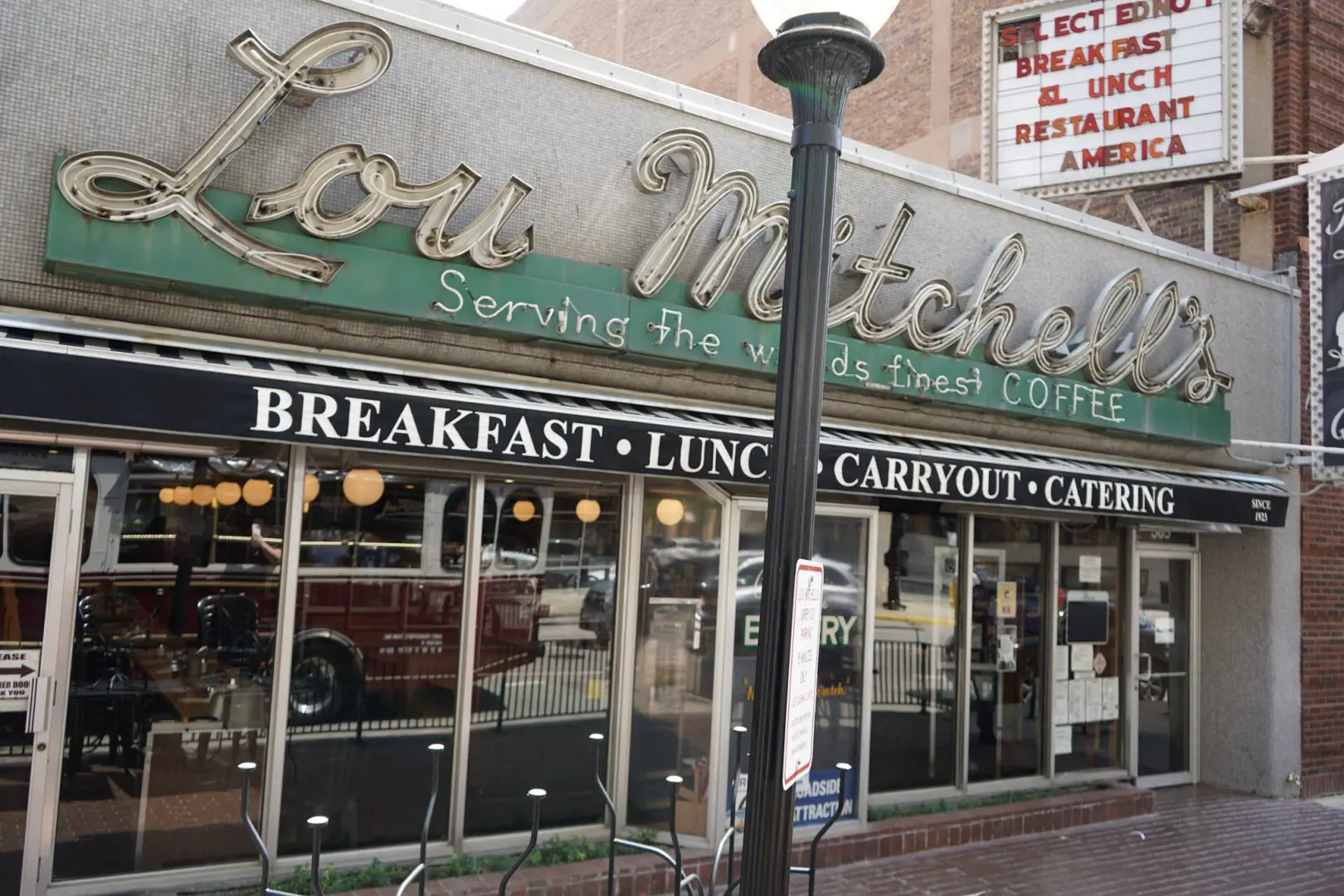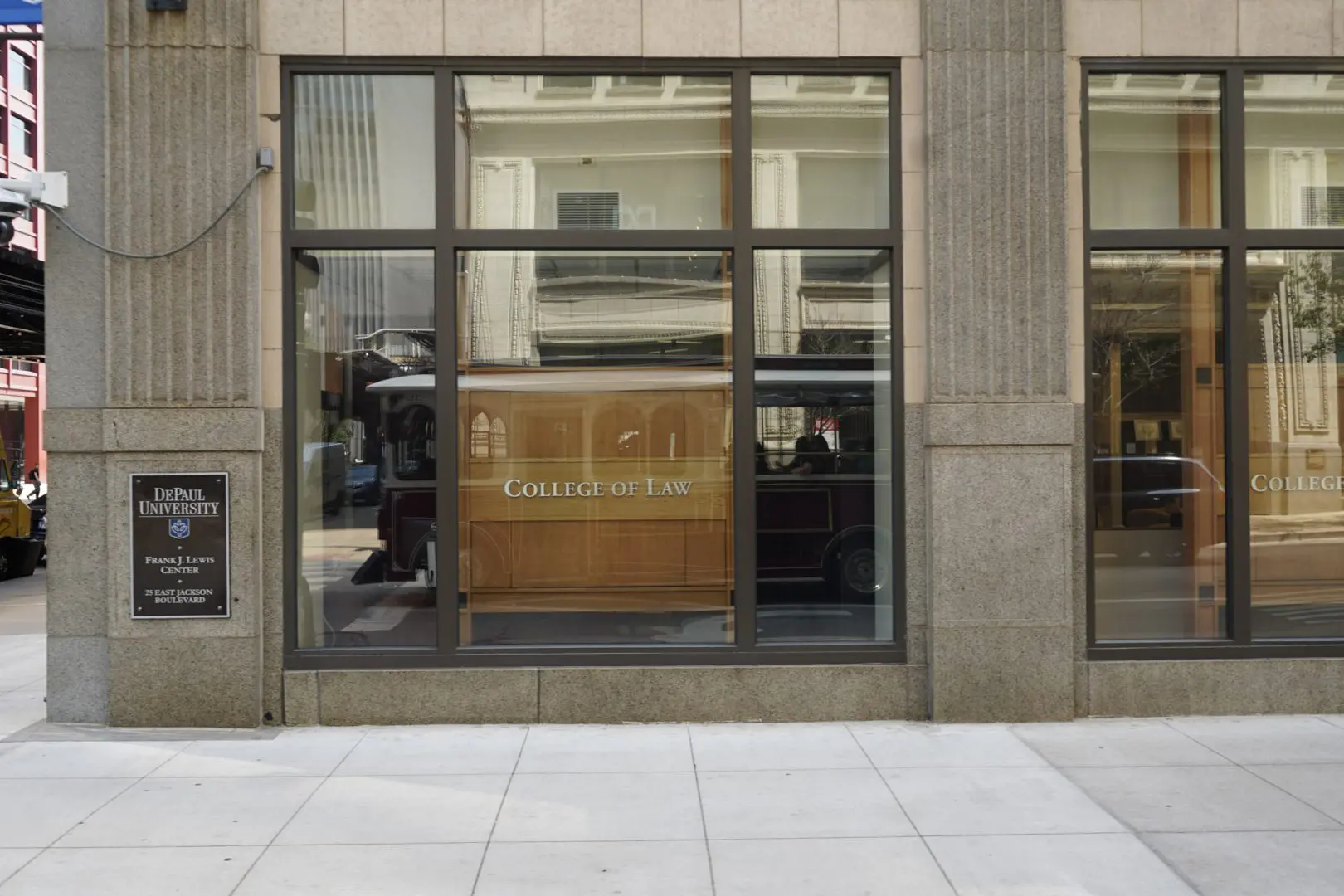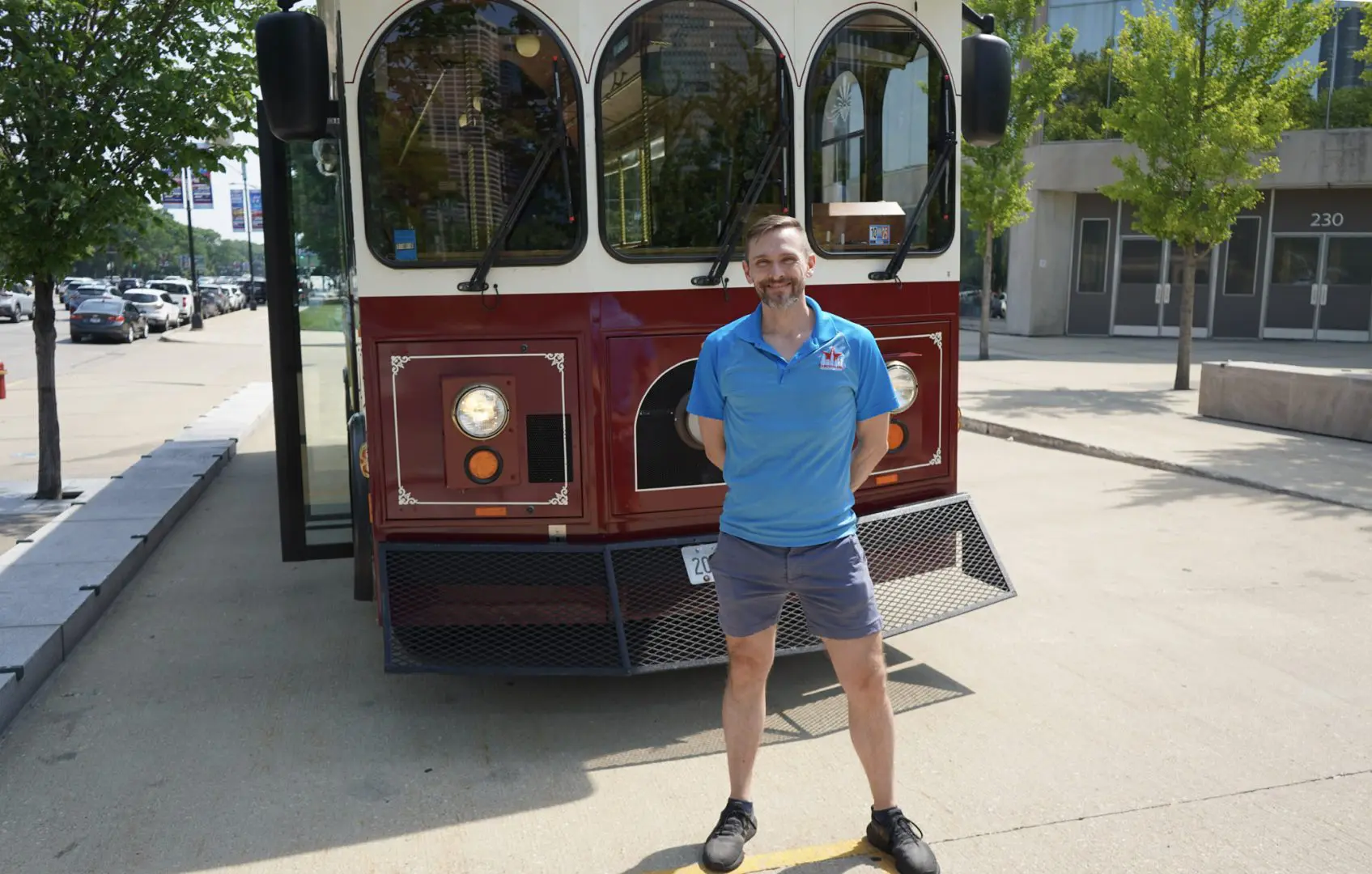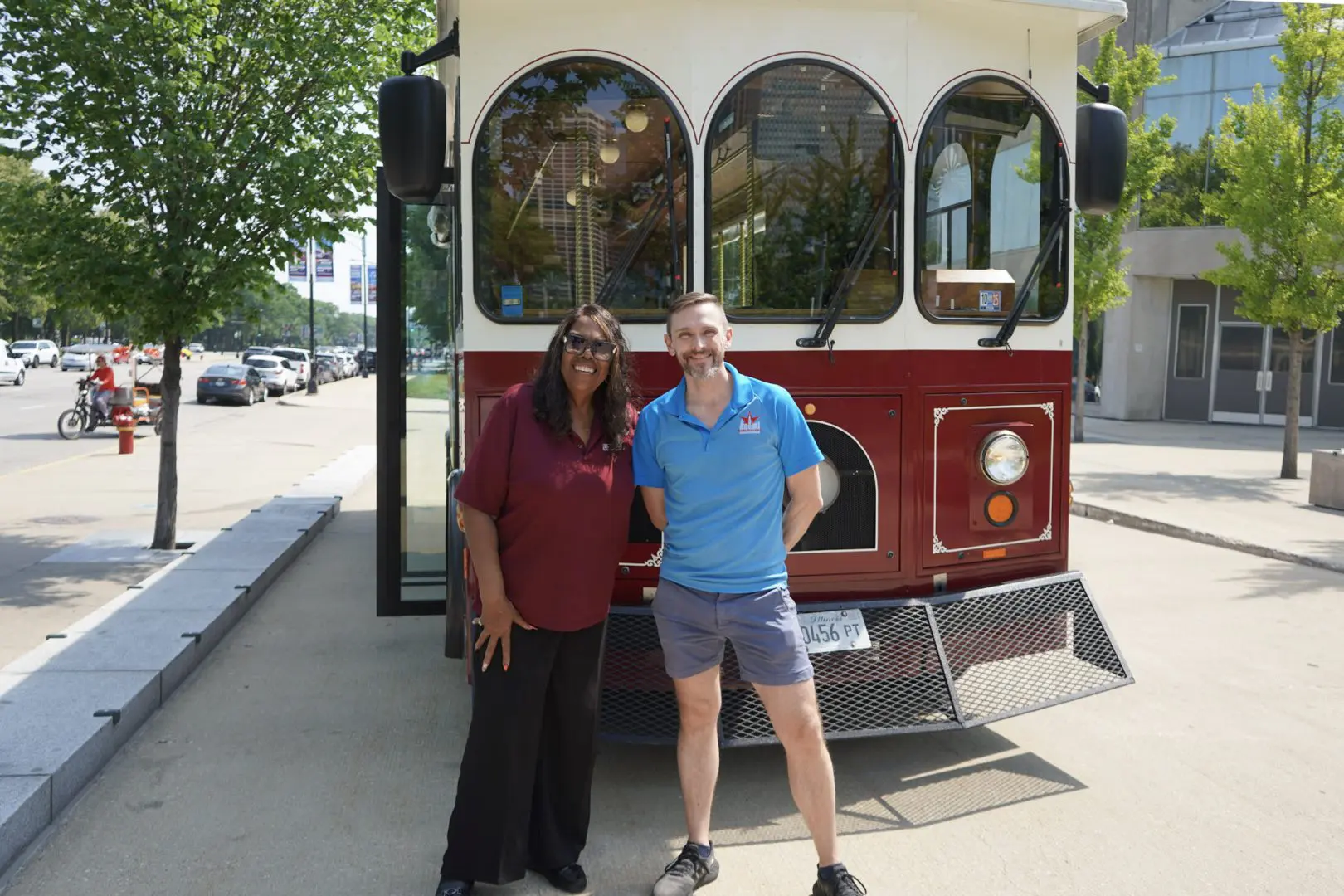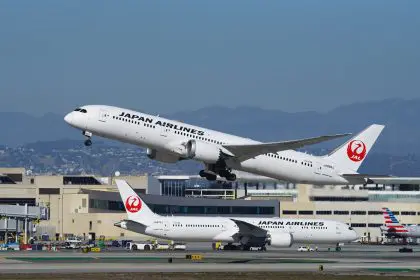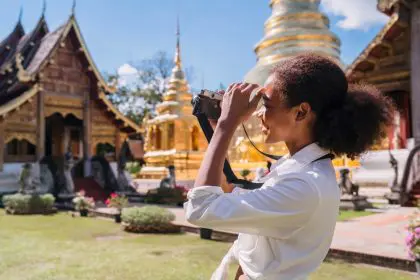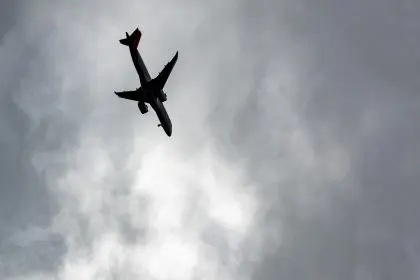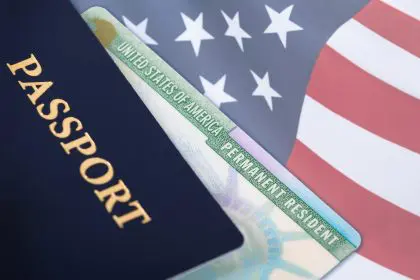A Trolley Ride Through Time: My Journey on Chicago’s Route 66
Choose Chicago’s Route 66 Neighborhoods by Trolley Tour is a moving immersion into the layered neighborhoods of Chicago. Beginning and ending at the Art Institute, the tour weaves through downtown, into the West Side, down to Little Village, and back, uncovering stories that too often go untold. From Cicero’s hidden origin to a stop for churros in Little Village, the ride revealed how Route 66 shaped communities and how those communities shaped it right back.
Where Route 66 Really Began: Cicero, Not Jackson
Our guide, Mike McMains, opened the trolly tour with a surprising truth: Route 66 didn’t originally begin in downtown Chicago. It started in Cicero, along the old SBI 4. Only in 1937 did Jackson Boulevard become the official beginning. That small shift changed how I understood the road’s legacy and elevated Cicero from a footnote to a foundation.
We rolled through downtown, catching glimpses of the city’s architectural bones before heading west into neighborhoods full of deeper, richer stories.
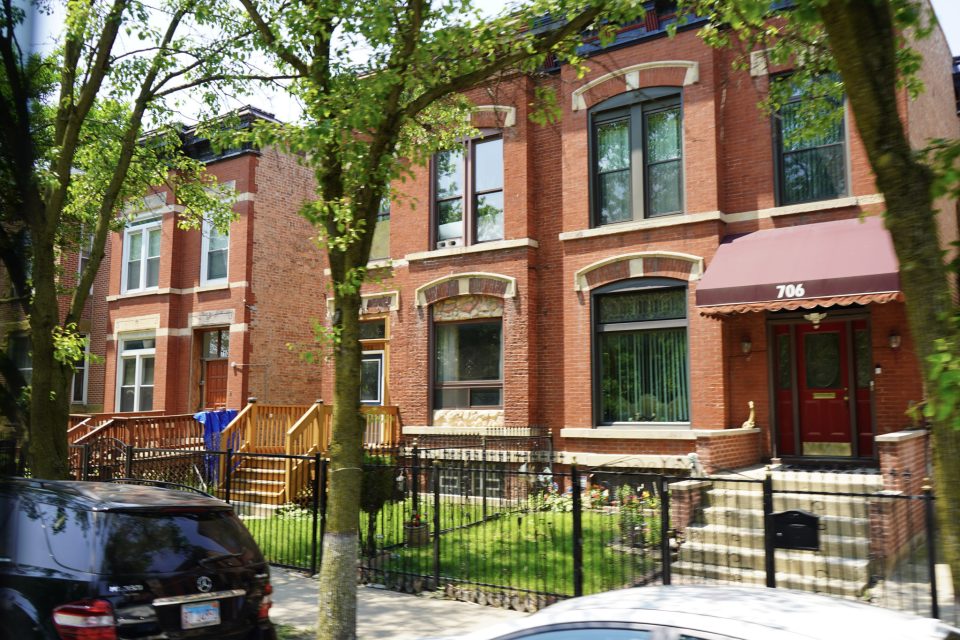
Tri-Taylor: A First-Time Glimpse, A Lasting Impression
As a born-and-bred Chicagoan, I was surprised to realize this was my first time really seeing Tri-Taylor and it left an impression. The neighborhood, tucked along Ogden Avenue, stood out immediately for its stunning architecture: rows of classic greystone homes and quiet streets that felt like pages from a forgotten photo album.
Mike’s storytelling added context, but the neighborhood spoke for itself. It wasn’t about what had been curated for tourists it was about what had been preserved by generations. Tri-Taylor felt like a part of the city that had always been there, waiting for me to look closer.
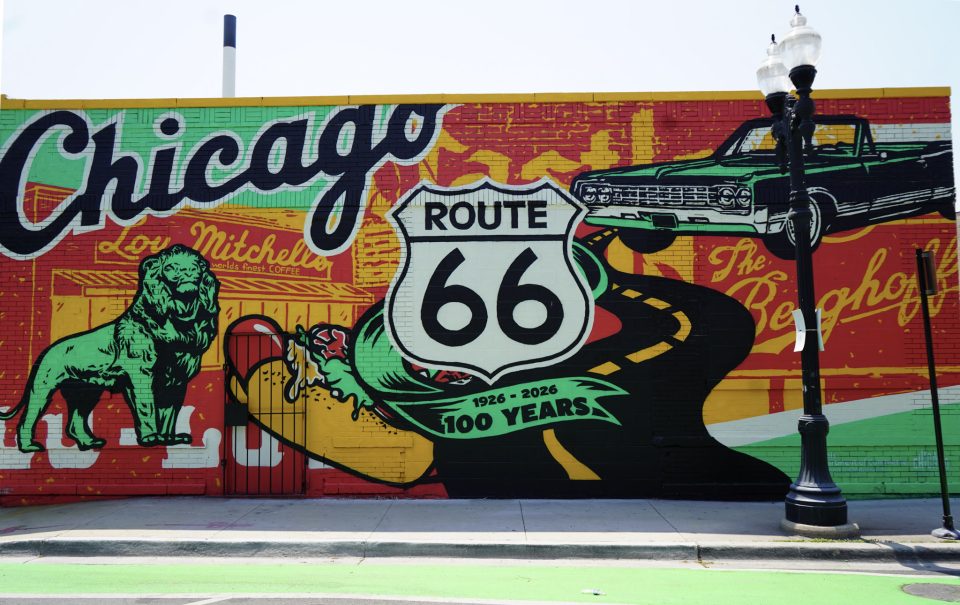
A Snapshot Near Lulu’s: Art in the Everyday
The first time we stepped off the trolley was near Ogden and Taylor, just long enough for me to capture a photo of the mural on the side of Lulu’s Hot Dogs. Bright, bold, and bursting with pride, the artwork told a neighborhood story in color and motion.
Lulu’s might not be a stop on the average tourist map, but that’s what makes it so special. It’s a living part of Chicago and a perfect symbol of the spirit Route 66 was built on: local, humble, unforgettable.

Reflecting on Dr. King’s Legacy in Lawndale
In North Lawndale, we stayed aboard the trolley as Mike guided us through a moment of reflection outside the Dr. King Legacy Apartments, where Dr. Martin Luther King Jr. lived during his 1960 campaign for fair housing in the North.
Mike also shared how the building now houses Chef Quentin Love’s Soul Food Lounge, a community-supported restaurant that’s revitalizing the space with purpose and pride. The layers here were profound: King’s presence, modern reinvestment, and the ongoing work to heal and uplift a neighborhood from within.
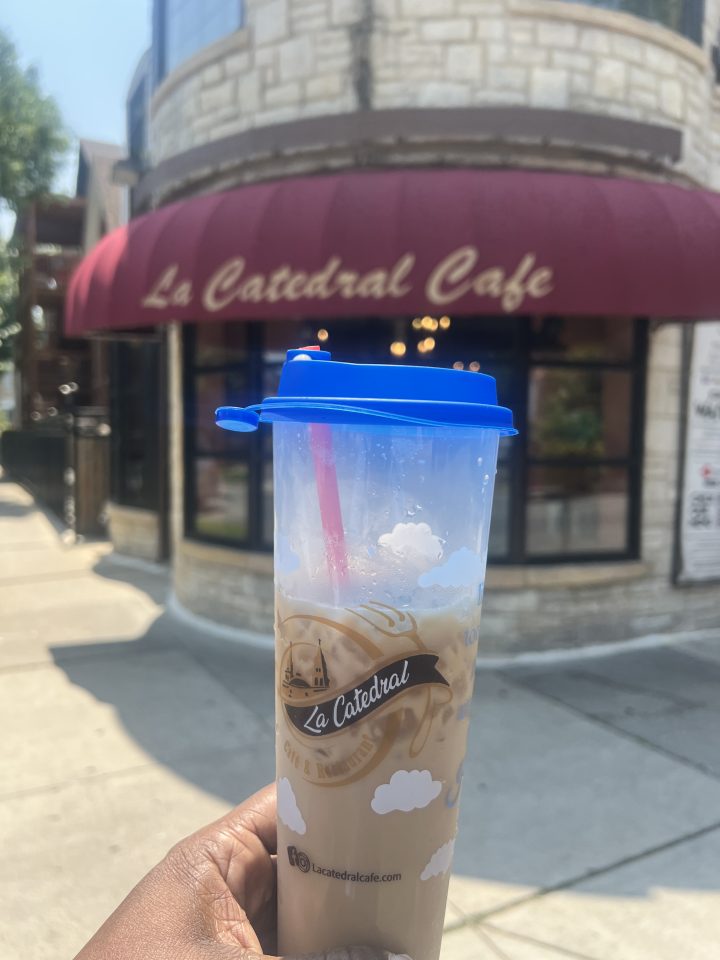
A Warm Pause in Little Village: La Catedral Café
The only official stop where we entered a location was at La Catedral Café in Little Village, a neighborhood known for its deep Mexican roots, murals, and creativity. The café greeted us with iced coffees and aguas frescas served with warmth and authenticity. Back on the trolley, Mike handed out churros, turning the moment into a celebration. It was a gesture of community, and a delicious symbol of how culture and kindness can sweeten any journey.
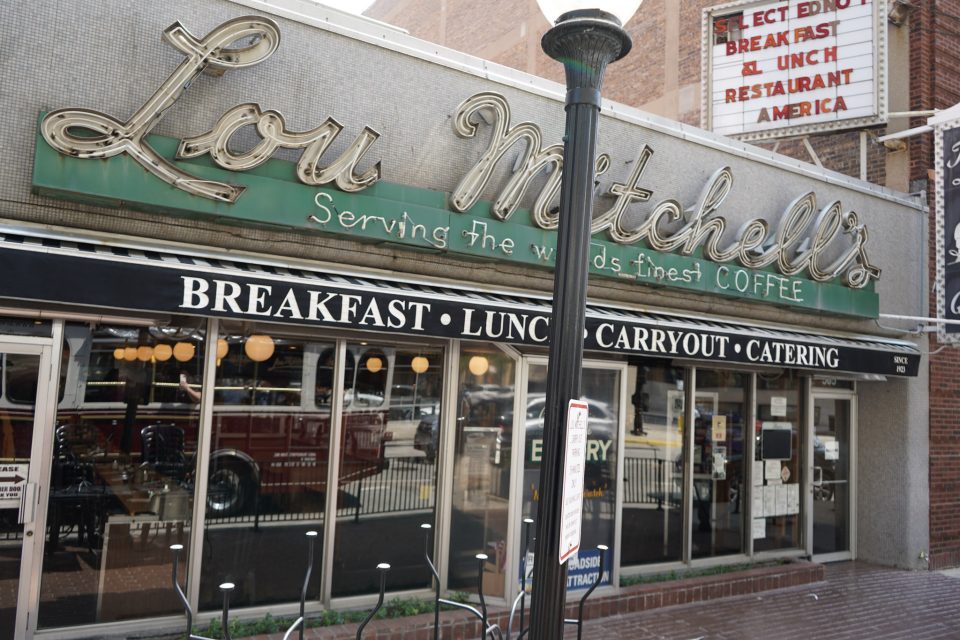
Lou Mitchell’s: Where the Road Found Its Ritual
We concluded our route near Lou Mitchell’s, the legendary diner on Jackson Boulevard. Although we didn’t go in, passing by this iconic location reminded us of its importance. Lou Mitchell’s has offered breakfast all-day since 1923 and has always been the unofficial launchpad for Route 66 travelers. Even from the trolley, the glow of the sign and the presence of history hit home.
Full Circle: Back to the Art Institute
As we rolled back into downtown, ending where we began at the Art Institute, the city felt smaller and more connected. We’d taken a journey through time, through neighborhoods, through resistance, flavor, creativity, and pride.
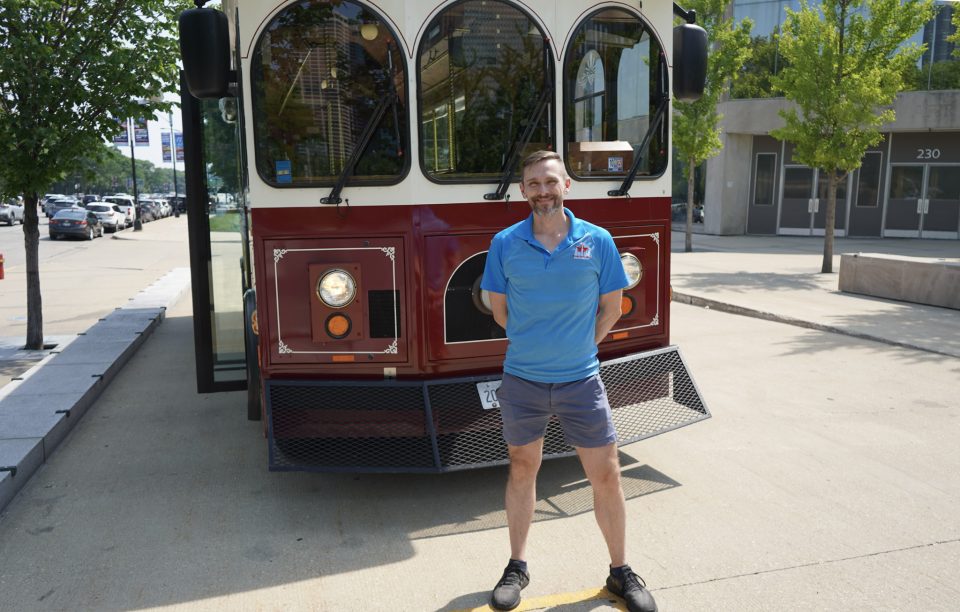
Reflections From the Creator
Rolling out asked Mike what makes this tour different from any other Route 66 experience. He said:
“There’s not another tour like this. There are Route 66 tours, but there aren’t ones that are exclusively focused on Chicago and the neighborhoods, and how they’ve had this interconnected relationship. It’s a really special experience one that no one’s ever seen because it shines a light on the road’s early days, how it’s evolved, and also puts a spotlight on contemporary attractions.”
When asked what his favorite part of the tour was, he paused, smiled, and said:
“You know what, I don’t know that I have a favorite part. I’m just really proud of this tour, because nothing like it existed before. It’s logistically complicated, and as a one-person operation, it’s tough. But when it all comes together, and I get back here and see everyone’s smiling, that’s my favorite part. It’s challenging, but I love it.”
Final Reflections
Choose Chicago’s Route 66 Neighborhoods by Trolley Tour showed me that Route 66 it’s a living, breathing reflection of the people who built it, walked beside it, and demanded more from the country it symbolized.
But more than that, Route 66 is a road of opportunity, a road to self-discovery. Across its stretch of eight states, countless people have taken that drive in search of something better: a new job, a new home, or simply a deeper understanding of who they are. This trolley ride through Chicago was a small leg of that larger story, and it made me realize the road’s magic still lives, in murals, in meals, and in moments that remind us we’re all on a journey, and to embrace it.

